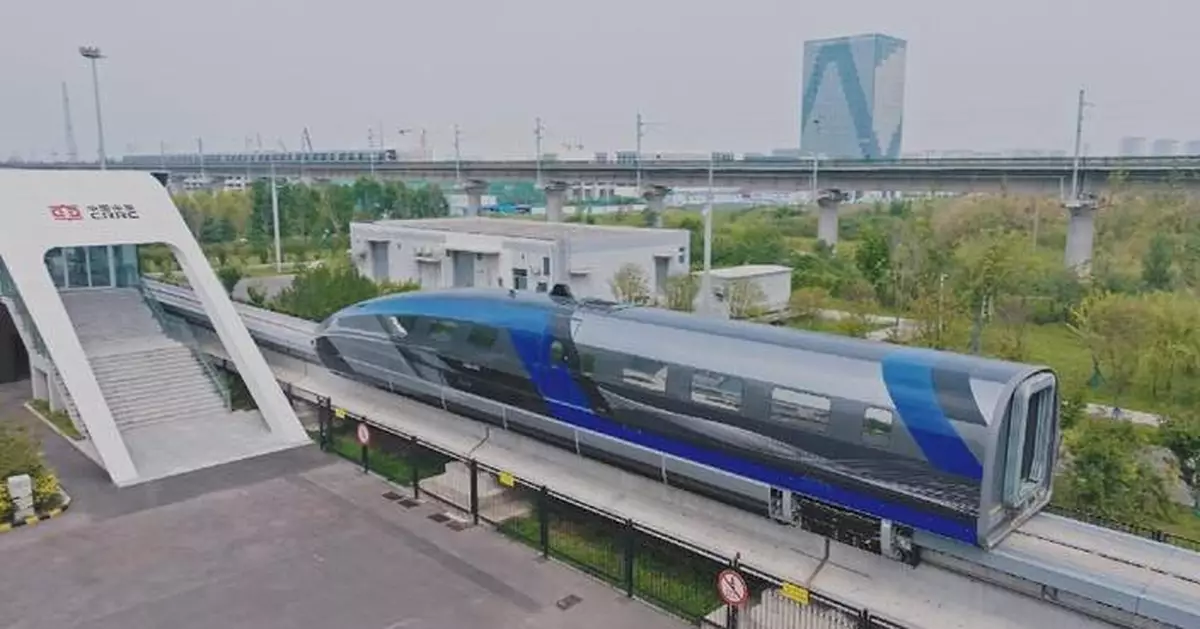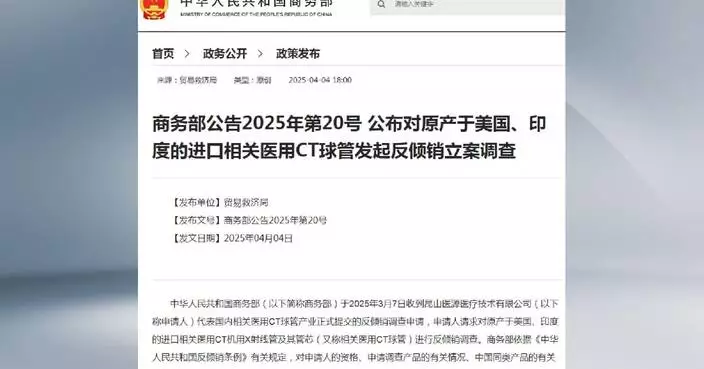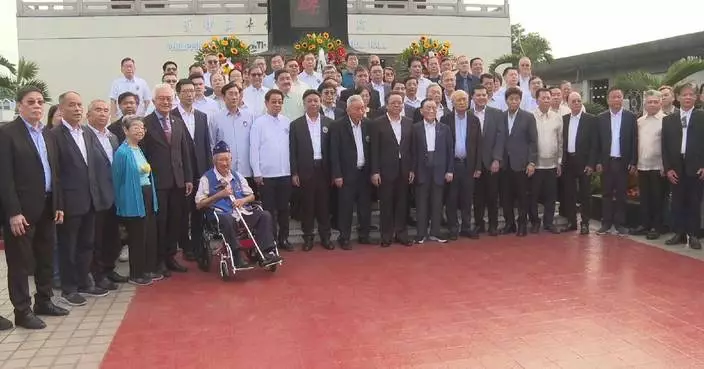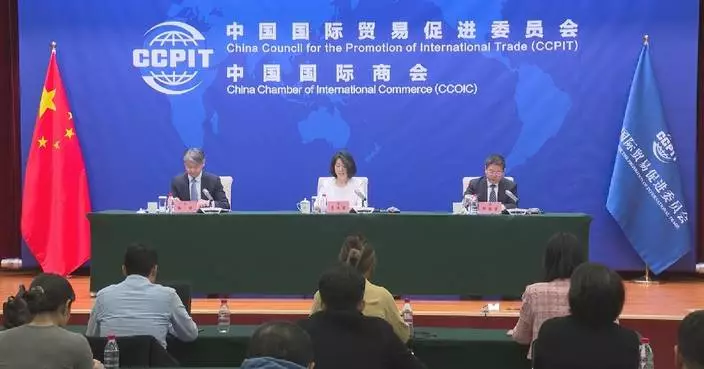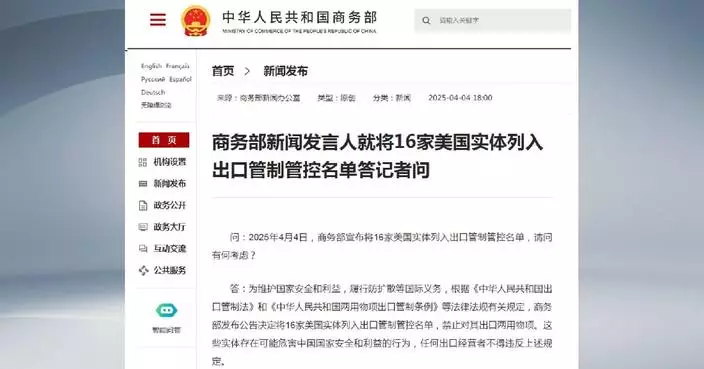High-speed maglev trains are expected to further boost inter-regional connectivity in China.
These trains can reach an astounding 600 kilometers per hour, with the acceleration process taking just over three minutes, said Fu Shanqiang, a senior maglev engineer with CRRC Qingdao Sifang Co., Ltd.
"We've been pursuing speed to enhance travel efficiency. In principle, wheel-on-rail trains, if they are to exceed 400 kilometers per hour, face constraints. The high-speed maglev takes another approach to bypass these constraints, allowing for faster speeds," said Fu.
"In fact, the focus now is on planning a route for actual high-speed testing. It is suitable for rapid commuting within city clusters like Beijing-Tianjin-Hebei, and it can reduce travel time between Beijing and Xiong'an to just 20 minutes. It effectively transforms city clusters into a single city. Another scenario is the fast connection between city clusters. For fast-developing, city-level economic circles, such as Beijing-Tianjin-Hebei, the Yangtze River Delta, the Greater Bay Area, and Chengdu-Chongqing, using high-speed maglev trains as links can be a powerful driving force and hugely convenient," said Fu.
Adding his perspective on China's high-speed maglev technology, Warwick Powell, an adjunct professor at Queensland University of Technology, said, "China is a big country territorially, but it's the population scale that changes that story. Because of scale, we are able to achieve cost economies. It's all about innovatively finding new ways to do things better, quicker, cheaper. Particularly as it moves into this informationalized phase, the manufacturing capacity of China is bringing to the world an ability to access the tools of digital economics in ways that have never been possible before."
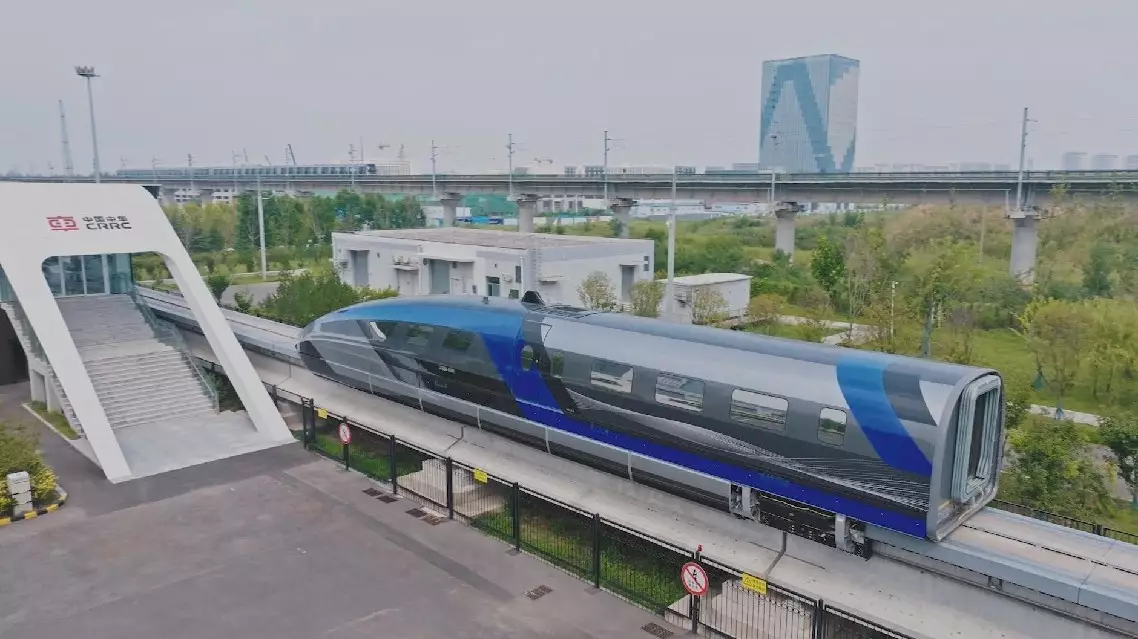
Maglev trains to boost inter-regional connectivity in China: engineer
As the Qingming Festival approaches this Friday, various traditional folk activities have been held across China, celebrating the rich cultural heritage of the occasion.
With a 2,500-year history, Qingming Festival, or the Festival of Pure Brightness, observed in early April, uniquely combines ancestral worship with the celebration of spring. Falling on the 15th day after the spring equinox, this ritual-rich observance reflects China's enduring values of ancestral veneration and inspires deep introspection about what gives life meaning.
In Sijia Village, Huayin City, northwest China’s Shaanxi Province, a unique swing festival is held to mark the occasion. Eighteen different types of traditional swings, such as the spinning wheel swing, the Bagua swing reminiscent of a rotating carousel, and the balance swing designed for two people, have attracted many visitors.
Historically, Sijia Village served as a military post guarding the strategic Tongguan pass, a former mountain pass and fortress located south of the confluence of the Wei and Yellow Rivers. The swing tradition in the village has its origins in military training exercises like climbing and river crossing. The local swing culture further developed as regional trade flourished, eventually evolving into the "swing festival" that continues today.
"It's very exciting and tests your skill, endurance, and most importantly, your arm strength. You need to maintain balance," said Qu Xiangyang, a visitor.
In Rudong County, Nantong City, east China's Jiangsu Province, another traditional Qingming activity takes place - kite flying.
Flying kites as a way of making wishes is an age-old Qingming custom in this region. As a result, the Qingming Festival in Nantong is also known as the "Kite Festival."
The local Banyao whistling kite making skills is listed as one of the first national intangible cultural heritage items.
According to a folk culture expert, people traditionally write the names of diseases or misfortunes on paper, attach it to a kite, and release it into the sky. This practice is believed to drive away illness and disaster, while also serving as a way to make wishes.
In south China's Guangdong Province, a large tug-of-war competition is underway in Maoming City. Teams from different towns and streets are competing, attracting many locals to cheer on their teams.
Tug-of-war, which originated during the late Spring and Autumn period (770 BC - 476 BC), became part of Qingming customs during the Tang Dynasty (618-907). Emperor Xuanzong of the Tang Dynasty once organized large-scale tug-of-war competitions for the festival.
"Tug-of-war became very popular in the Tang Dynasty, even emerging as the national sport. It originated in the Jingchu region and later spread across the country. In ancient Lingnan (Southern China), tug-of-war games were a common tradition. Through these events, people seek to pray for peace, prosperity, and abundant harvests," said Yao Guojun, vice dean of the College of Arts and Law, Guangdong University of Petrochemical Technology.
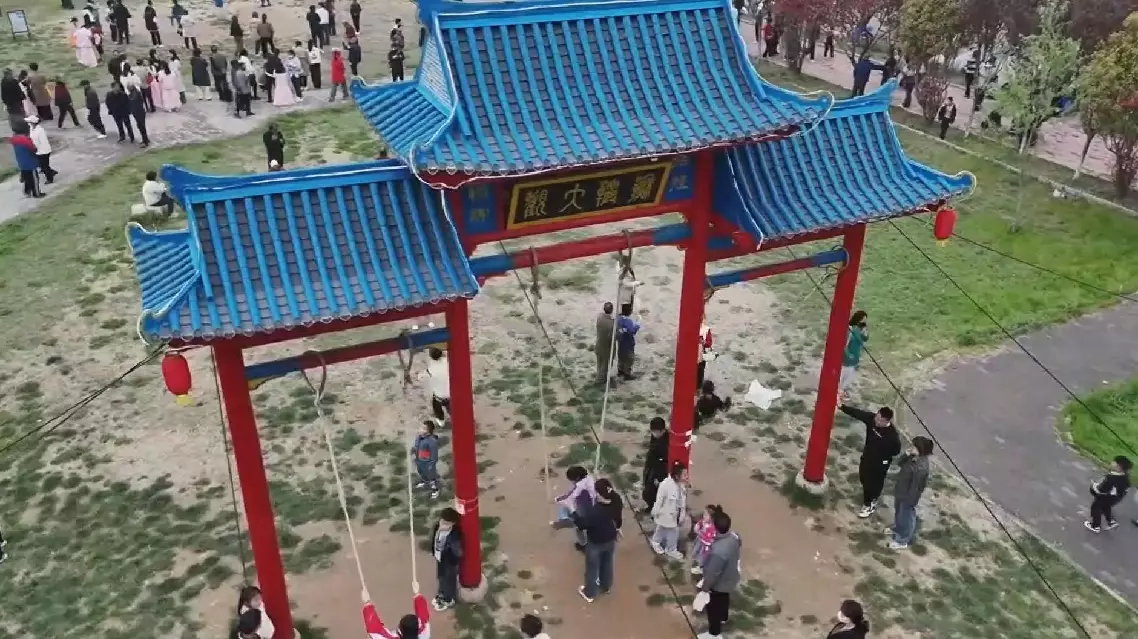
Traditional folk activities held for Qingming Festival



